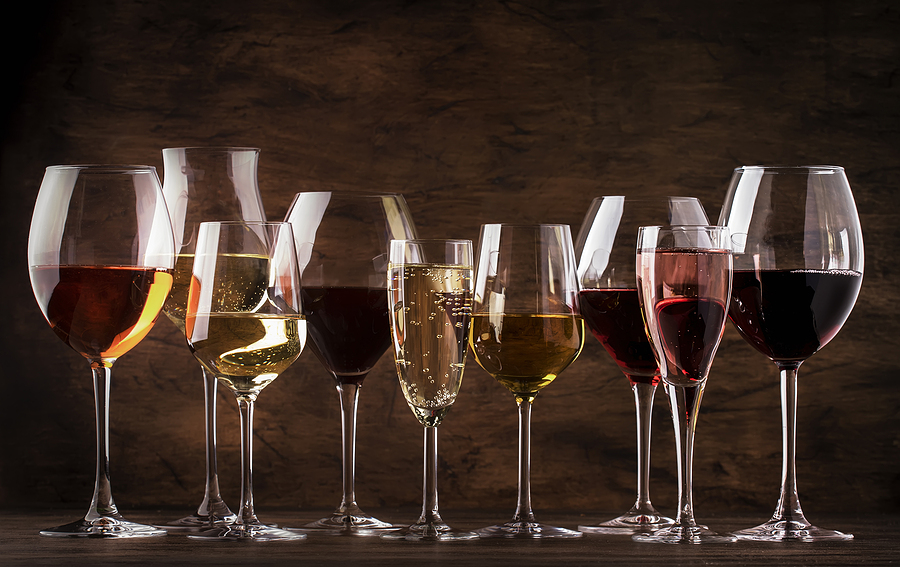By Sally Camm, Director Digital Engagement, Astound Commerce
The digital transformation that has resulted from consumers adapting to the restrictions of Covid 19 has catapulted beverage alcohol online sales in the US to a staggering 167% growth in 2020 vs 2019. Delivering growth that was supposed to take 10 years in one explosive year has producers and retailers scrambling to keep up, and customer need for convenience and online access is expected to continue post Covid. Here are five key trends that have been accelerated in the wine industry over the past year, and how brands can keep up.
Adapt a commerce everywhere approach
When it comes to the wine category specifically, consumers are now expecting to be able to purchase alcohol easily wherever they are and have it delivered to them quickly. From producer owned online stores, retail online stores and wine clubs, social channel shop buttons, branded apps and delivery services like Drizzly and Thirstie, consumers want and expect easy access.
Responding to this shift requires not just digital tools, but adjustments to fulfillment operations, inventory allocations, marketing budgets as well as hiring well-trained personnel. In 2021 as this revenue stream continues growing, brands will continue to see worth in these efforts, and increased margins to match.
Leverage data architecture
Wine companies have historically been slow to invest in a connected digital infrastructure, one that connects all consumer types across their preferred channels and wine occasions to develop an intelligent 360 degree view of their consumers. They have instead relied on a patchwork of legacy systems to service internal and external needs. This fragmentation can hinder brands from being able to grow their businesses, especially when facing the digital transformations happening due to COVID-19. It is essential for brands to take a cold hard look at their data structure and the tools that deliver that data to make sure that strategic plans are supported and that they are empowering the decision makers with up-to- date information.
Best practices dictate that all systems and their data outputs need to be tied to a winery’s business and consumer goals, both short and long term, and a regular audit will identify the gaps that are preventing that growth. Investing in more agile and connected systems will put brands on a strong path and enable them to more effectively meet the needs of modern consumers.
Ensure next-level customer service
The acceleration of online commerce has resulted in higher customer service expectations, particularly when it comes to response times.
Wine brands have traditionally taken pride in their level of customer service when it occurs in their in-person facilities, however have struggled to excel in the burgeoning online commerce space, where excellent customer service is required at scale. It demands updated management systems, digital tools, communications that are relevant and personalized to the customer and online community management. When brands invest in these tools, however, the results are rewarding. Great online customer service increases customer retention rates, with a 5% growth in customer retention potentially increasing profits by more than 25%
Lean into experiences
The relationship that consumers have with wine is almost always one shaped by experiences they have had while consuming the product with their friends and loved ones, or when visiting a winery or event. It is those experiences that set the foundation for a strong and healthy long-term brand relationship. As more consumers are now interacting with wine online, it’s essential for brands to develop engaging experiences that reflect and translate their values and authentic story into the digital space. Champagne brands have been early adopters of this kind of experiential online marketing as a way of differentiating themselves in the marketplace, and now other wine brands are following suit.
Experiences like virtual tastings and events, culinary experiences, hosted winery visits, episodic storytelling, real- time virtual retail and educational webinars can be delivered via all channels, from social to email marketing, to in-store/restaurant, via zoom chats, live streaming applications and podcasts. Experiences can also be as simple as consumer preference quizzes, personalized storytelling content based on products that are of interest to them, or even educational webinars with winemakers. Many companies are also partnering with other non-wine companies to create bespoke experiences. But, consistency is key.
Rethink wine clubs
Consumers generally subscribe to a wine club for approximately 18 months. The main reason they leave is because they no longer see the value of remaining members. Solving this churn issue, especially as more consumers move online, is an ongoing focus for most wineries.
Why don’t consumers see value in this offering? Primarily, this is because most wine clubs are set up for the benefit of the winery (shipments and product selection are controlled by the winery, not the consumer). The main perk of a wine club for consumers is access and discounts, both of which are easily overcome by the competitive online marketplace. Brands need to re-think the wine club model away from quarterly preplanned drops into a modern commerce loyalty experience, supported by personalization, choice and innovative programs to build long-term customer relationships and increased customer lifetime value.
It is increasingly clear that the alcohol landscape of 2021 is going to continue to shift. From an ecommerce perspective, the wine industry has faced some of the biggest challenges and opportunities over the past 12-months, and is struggling to pivot. If brands want to emerge from this change bigger and better, they need to remain consumer focused and develop a strong ecommerce strategy.

